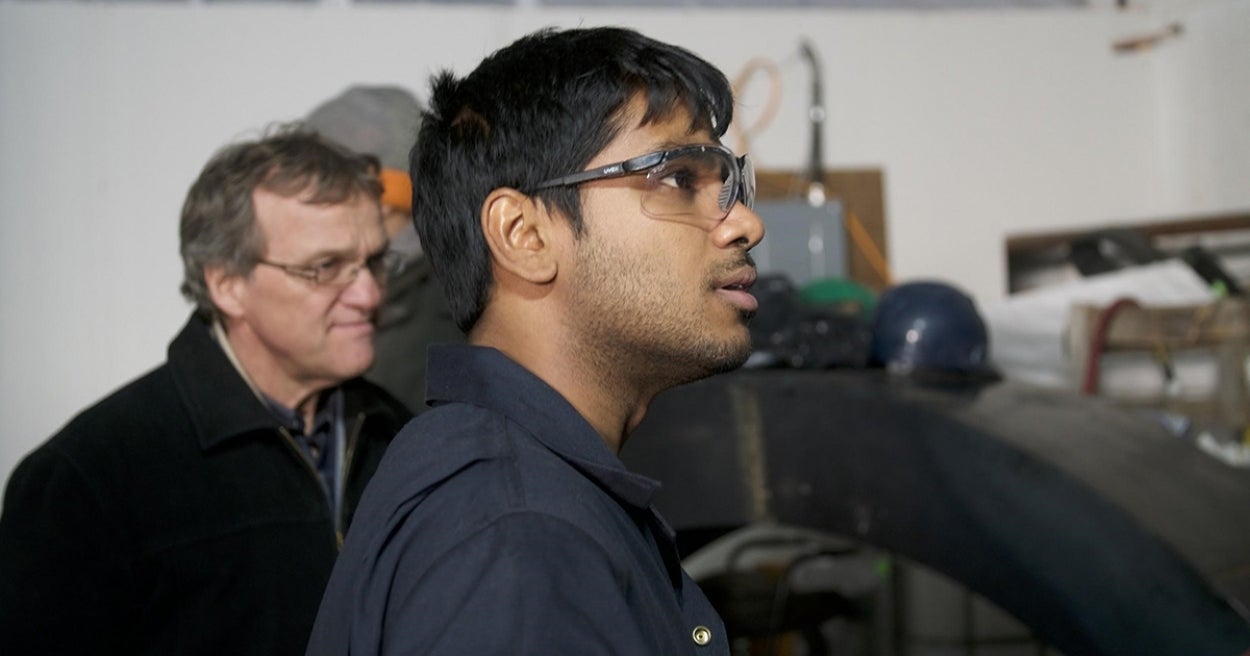

Carbon Upcycling-NLT
About Us
Carbon Upcycling-NLT is a joint team created by Carbon Upcycling Technologies (CUT) and Newlight Technologies (Newlight). CUT is transforming the waste carbon emissions of today into the advanced materials of tomorrow. CUT utilizes CO2 emissions to cultivate nanoparticles that enhance materials like concrete, plastics, and batteries. CUT is committed to tangible examples of converting carbon emissions from a liability into a societal asset, by showing its potential in a wide range of applications.
CUT recognizes the importance of turning carbon, one of the world’s greatest problems, into our best solution. By creating a versatile portfolio of nanoparticles that add value to businesses across numerous industries, CUT is poised to deliver a carbon negative future at scale. The company has received support from a strong cohort of commercial, government and academic partners including Canadian National Research Council, Natural Resources Canada, and Alberta Innovates. CUT has also won awards including Solar Impulse Efficient Solutions Label 2019, Shell Quest Climate Challenge, Top Collision Planet: Tech Startups, Hanoi Innovation Summit’s Oi Award, and 2019 76West Competition
Founded in 2003, Newlight has developed a carbon capture technology that converts greenhouse gases such as methane and CO2 into a bioplastic material called AirCarbon. AirCarbon is made by pulling carbon out of greenhouse gas and using that carbon to build sustainable materials that replace oil-based plastics. At Newlight, we believe that the best way to reduce the amount of carbon in the air is to capture carbon and use that carbon as a resource to create high-value products. Our team is dedicated to building a more sustainable future by transforming the products that are a part of our daily lives into high-performance products that capture carbon and change how we impact the world.
The companies have complementary technologies and the decision to combine teams for the final demonstration came amongst collaboration in product development in which Newlight’s bioplastic will use CUT’s nanoparticles as functional additives. CUT uses CO2 to improve properties and reduce cost in a variety of materials, while Newlight uses methane or CO2 as a backbone to make biomaterials that can replace solid materials such as plastics. Combined, the technologies can produce high-value, cost-reduced, carbon-advantaged products made from greenhouse gas with an increased range of properties and applications.
Newlight will produce biomaterials from its production plant in California while CUT will produce CO2-enhanced materials from its production plant in Canada. Carbon Upcycling-Newlight will demonstrate products that can be made using greenhouse gas, including high-value materials made by combining material made from CUT’s system and Newlight’s biomaterial production lines. Individually, the companies’ business models are working towards a circular economy and are responding to the increasing threat of climate change, with a goal of turning greenhouse gas into a resource to manufacture high-value products.
TECH INFORMATION
CUT uses an IP-protected process to react waste CO2 with solid feedstock (e.g. graphite, petcoke, fly ash) and create stable, solid nanoparticles. The resulting nanoparticles can then be added to a wide variety of materials in order to make the materials stronger or more efficient. To date, CUT has successfully completed over 12 different technical validations of its products’ performance. The nanoparticles show beneficial functional performance in concrete, plastics, ceramic & epoxy coatings, adhesives, 3D printing filaments, pharmaceutical drug delivery, lubrication, energy storage, and solar cell applications.
Since starting in 2014 as one of the 24 finalists out of 340 in the CCEMC Grand Challenge, CUT has scaled production of its nanoparticles from 0.5 grams per week to over 500 kg per week, and successfully begun generating commercial revenue with the sale of the AC-100 concrete coating in three US states. With the latest milestone, CUT became the youngest carbon utilization company to generate revenue, after only 2.5 years of operations, and the nanoparticles have an enormous potential to scale in applications spanning much wider than corrosion protection.
Newlight uses a microorganism-based biocatalyst to extract carbon from methane or CO2 and string it together into a long-chain bioplastic molecule, called AirCarbon. Following polymerization, AirCarbon is converted into a pellet for downstream use, including in extrusion, cast film, and injection molding applications.
ABOUT TEAM LEADER
Apoorv Sinha has served as the CEO of CUT since 2014 and leads the validation, development, scale-up, and commercialization of the firm’s technology. Under Apoorv’s leadership, CUT’s global ecosystem of academic and industry partners has grown to over 50 organizations, and in 2017, CUT became the youngest carbon utilization company to generate revenue after only two and a half years. Apoorv is also a member of the Energy Futures Lab, a cohort of Albertans drawn together as a think-tank for policy trajectories which help Alberta make a transition to a low-carbon, sustainable energy future. Apoorv was included in Alberta Oil’s “35 Under 35 list” in July 2016 and recognized as a Clean50 Emerging Leader in September 2016. Most recently, Apoorv was initiated into the Your Energy Future Cohort (March 2018), a pan-Canadian youth leadership program. He has represented CUT at various events including Watervent 2014 & 2016, Rice Alliance CleanTech Forum 2015, Americana 2015, Globe 2016 & 2018, DSN Network (Warsaw, Poland) 2015, and multiple CleanTech Accelerators in Calgary, NYC, SFO, Denver, and Paris. He holds a B.Sc. In Chemical Engineering from Georgia Institute of Technology (2010).
TEAM MEMBERS
Apoorv Sinha, Greg Boser, Chad Belanger, Madison Savilow, Mark Herrema, Kenton Kimmel, Evan Creelman